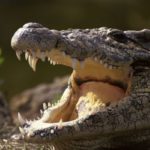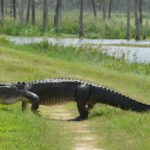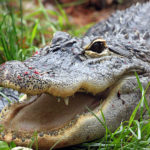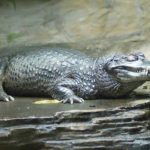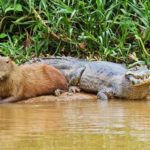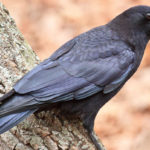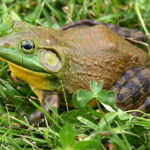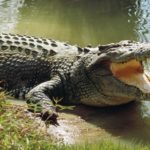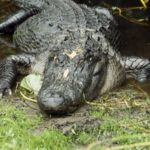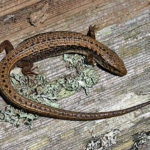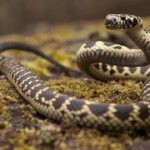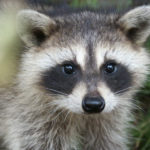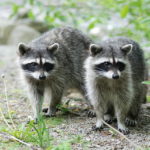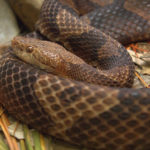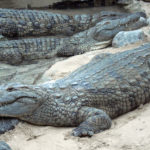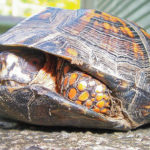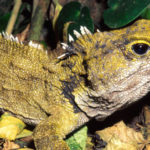What do alligators eat ?
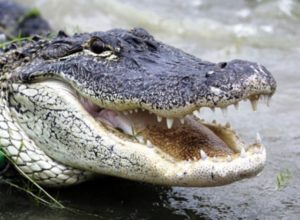 Alligators are opportunistic predators and feed on everything they are able to catch. The young eat mainly invertebrates, such as insects, insect larvae, snails, spiders and worms. As they grow, they become able to eat larger prey. However, unlike most crocodiles, alligators rarely attack large animals and most of the victims, even captured by large alligator males, are significantly smaller than themselves. The basis of the diet of adults is fish, turtles, birds, snakes and small mammals. The study of the contents of the stomach shows, among mammals, muskrats and raccoons are the most common prey.
Alligators are opportunistic predators and feed on everything they are able to catch. The young eat mainly invertebrates, such as insects, insect larvae, snails, spiders and worms. As they grow, they become able to eat larger prey. However, unlike most crocodiles, alligators rarely attack large animals and most of the victims, even captured by large alligator males, are significantly smaller than themselves. The basis of the diet of adults is fish, turtles, birds, snakes and small mammals. The study of the contents of the stomach shows, among mammals, muskrats and raccoons are the most common prey.
In Louisiana, where introduced nutria are common, they are perhaps the main component of the diet of adult alligators, although only large adults actively eat them. Other mammals can also be eaten by alligators, even large deer or wild boar, but they are not an ordinary part of the diet – in one study, deer remains were found in the stomach of just one of the 314 alligators studied. From time to time, pets, including dogs, cats and calves, can also be grabbed by alligators.
The diet of adult alligators from the central lakes of Florida was dominated by fish. In Griffin Lake, the fish accounted for 54% of the ration of alligators, with Soma as the most commonly consumed prey. In Apopka, fish made up 90% of the diet of alligators and basically it was herring. In Lake Woodruff, fish accounted for 84% of alligator diets and were eaten mainly by perches. Reptiles and amphibians in these regions were the main non-fish prey, and among them, turtles and water snakes predominated. [36] In the southern part of Louisiana, crustaceans (mainly crayfish and crabs) are present in the diet of southeastern alligators, but are almost absent from the diet of alligators from the southwestern part, which consume a relatively larger number of reptiles and especially fish, and adult males consume a large number of mammals . In East Texas, the diet was varied and adult alligators ate mostly mammals, reptiles, amphibians and large invertebrates (such as snails) as often as fish.
Fish and other aquatic or semi-aquatic organisms that form the basis of the diet of alligators are suddenly captured by them under the water or near its surface and swallowed whole. Adult alligators can hunt on land, moving up to 50 m from the water and arranging ambushes for small land animals at forest trails. As a rule, ground hunting takes place on warm nights. During hunting for relatively large animals, alligators also, like crocodiles, grab them at the water’s edge and drag them into the water. The teeth of alligators are well suited for grasping and crushing, but smaller and dumber than crocodile teeth, absolutely not suitable for deep penetration into the flesh (this is also hampered by a flat muzzle). However, the bite of the alligator is enough to crush the bones, and its powerful neck allows you to successfully rip out from the extraction of suitable pieces of meat. Just like crocodiles, alligators can rotate around their axis, grabbing the victim with their teeth, in order to kill it and dismember it.
